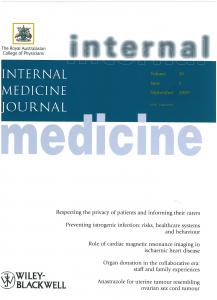
“Enteric glial cells (EGC) actively mediate acute and chronic inflammation in the gut; EGC proliferate and release neurotrophins, growth factors, and pro-inflammatory cytokines which, in turn, may amplify the immune response, representing a very important link between the nervous and immune systems in the intestine.
Cannabidiol (CBD) is an interesting compound because of its ability to control reactive gliosis in the CNS, without any unwanted psychotropic effects.
Therefore the rationale of our study was to investigate the effect of CBD on intestinal biopsies from patients with ulcerative colitis (UC) and from intestinal segments of mice with LPS-induced intestinal inflammation.
Our results therefore indicate that CBD indeed unravels a new therapeutic strategy to treat inflammatory bowel diseases.
The results of the present study correlate and expand the findings suggesting CBD as a potent compound that is able to modulate experimental gut inflammation.
In this study we demonstrate that during intestinal inflammation, CBD is able to control the inflammatory scenario and the subsequent intestinal apoptosis through the restoration of the altered glia-immune homeostasis.
CBD is therefore regarded as a promising therapeutic agent that modulates the neuro-immune axis, which can be recognised as a new target in the treatment of inflammatory bowel disorders.”
https://www.ncbi.nlm.nih.gov/pmc/articles/PMC3232190/









.png)
